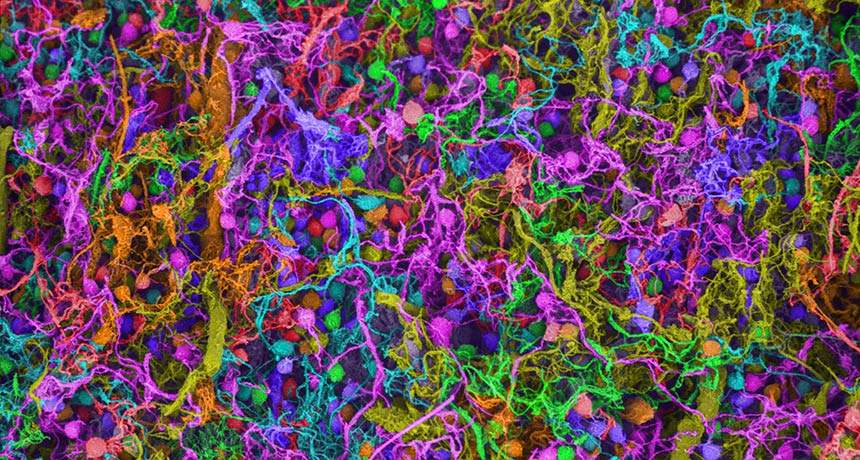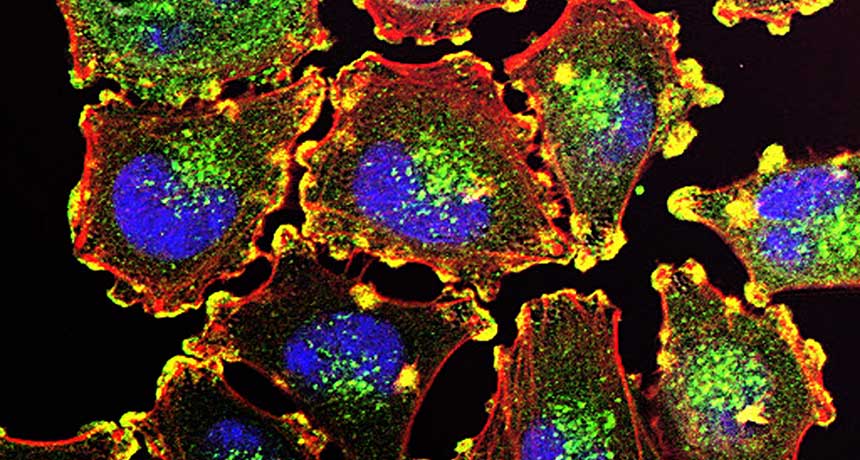There is a lot of interesting science news these days. Not so long ago, we learned that tens of thousands of years ago, Denisovans lived next to us, representatives of another species of people, whose existence no one had even guessed at the time. Around the same time, it turned out that our distant ancestors (people like us) interbred with Neanderthals, another species of people who died out about 30,000 years ago. That is why the entire modern population of the Earth, except for the inhabitants of Africa, has several percents of Neanderthal genes in their genome. There have already been many science news websites on this topic, and we would be happy to talk about it as well.These discoveries were made possible by popular science news and the work of researcher Svante Peaboo, who won the Nobel Prize in Physiology or Medicine this year.

True Europeans
Today, there is only one species of people on the planet—Homo sapiens, or Homo sapiens. We often take this for granted. But it was not always so. About 30,000 years ago, another species of people lived in Europe at the same time as us—Neanderthals.And this is already science today news, which is a confirmation.We first learned about their existence in 1856, when the remains of one of these people were found in the Neanderthal Valley in Germany. Then other remains of such people were repeatedly found in different places in Europe and Asia. Thanks to this, we know that their anatomy was somewhat different from ours. For example, they were more stocky, had a wider barrel-shaped chest and wider pelvises. Many other features allow a specialist to determine, even from skeletal fragments, that the skeleton belonged to a Neanderthal, not an ancient representative of another species, such as Homo sapiens. Archaeologists learn a lot about the lifestyle of these people and even something about their worldview from material remains, such as stone tools, weapons, and bones of animals they hunted. We know for sure that Neanderthals are the indigenous population of Europe. Their ancestors came here from Africa and evolved into Neanderthals here several hundred thousand years ago
The meeting of two species of humanity

Approximately 300,000 years ago, when these people were already dominating Europe, anatomically modern humans emerged in Africa as a result of evolution. This cautious term is used by scientists to describe people who did not differ in skeletal structure from you and me. Approximately 70 thousand years ago, some of them left Africa and came to Europe through the Middle East, where they met the indigenous population, the Neanderthals. Neanderthals as a species will disappear from the face of the Earth about 30 thousand years ago, and this is new science news, although some small groups may survive a little longer. This means that for several tens of thousands of years, two species of humans-Neanderthals and Homo sapiens-lived side by side. The question naturally arises: did they interact, and if so, how did their relationships develop? This year’s Nobel Prize winner, thanks to his research on the genes of modern humans and their extinct relatives. Was able to take a completely new look at this question and make discoveries that.And we can proudly say this is news in science.